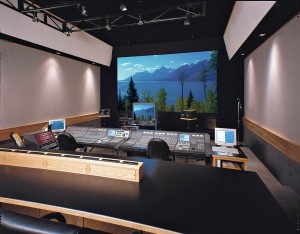When I left off last time I had just suggested the concept of depth of field, and we will start with that this in this blog. The real problem is that the language is confusing here: what does “depth of field” mean? Obviously we aren’t talking about how much acreage you might have planted in corn. What we are taking about is how much of your image, closer and further from the lens, is in sharp focus. So if I want an image that will concentrate the eye on just part of the face, of a subject, I would say that I need a very narrow depth of field. In order to get this I will use a wide aperture (small number, say 2) that will let in a lot of light through the lens. This will create an isolated zone of focus. How low will depend on the focal length of the lens. For instance f2.8 is extremely short depth of field on a 200mm lens while it provides significant depth of field on an 18mm lens.
The focal length of the lens is one of the factors that affects the depth of field. If you use a long lens you see more details in the subject than you would with a short lens at the same distance. The need to use a smaller aperture (bigger number like 16) to achieve sufficient depth of field is related to this increase in detail. If you shoot with a 28mm lens at a distance of 10 feet from the subject many of the details of the subject are no more than specs, so you wouldn’t expect to see detail in them. If you shoot the same subject, from the same distance with a 150mm lens many of the parts of the subject that were specs in the 28mm shot will have visible detail, and thus need to be sharp. For this reason you can expect to need more depth of field with a longer lens. I should point out that the 150mm lens will see much less of the subject.
Another factor with depth of field is visualizing what will be sharp and how the soft areas will appear. This is covered by a rule that is usually referred to as the one third, two thirds rule. It is also know as the Scheimpflug rule, but since this name is hard to pronounce it doesn’t get used much. Regardless of what you call it the idea is that as you stop down the lens 1/3rd of the extra depth of field exists in front of the point you focus on and 2/3rds of the additional sharp focus area is behind the focus point. Think about this, if you want a lot of stuff in focus, don’t focus on the front of the image, but midway through the image. You will use the depth of field you have, at any give aperture, more effectively. Of course if you don’t have enough depth of field, for an image that needs it, the point of focus won’t save you; you need to use a smaller aperture.

